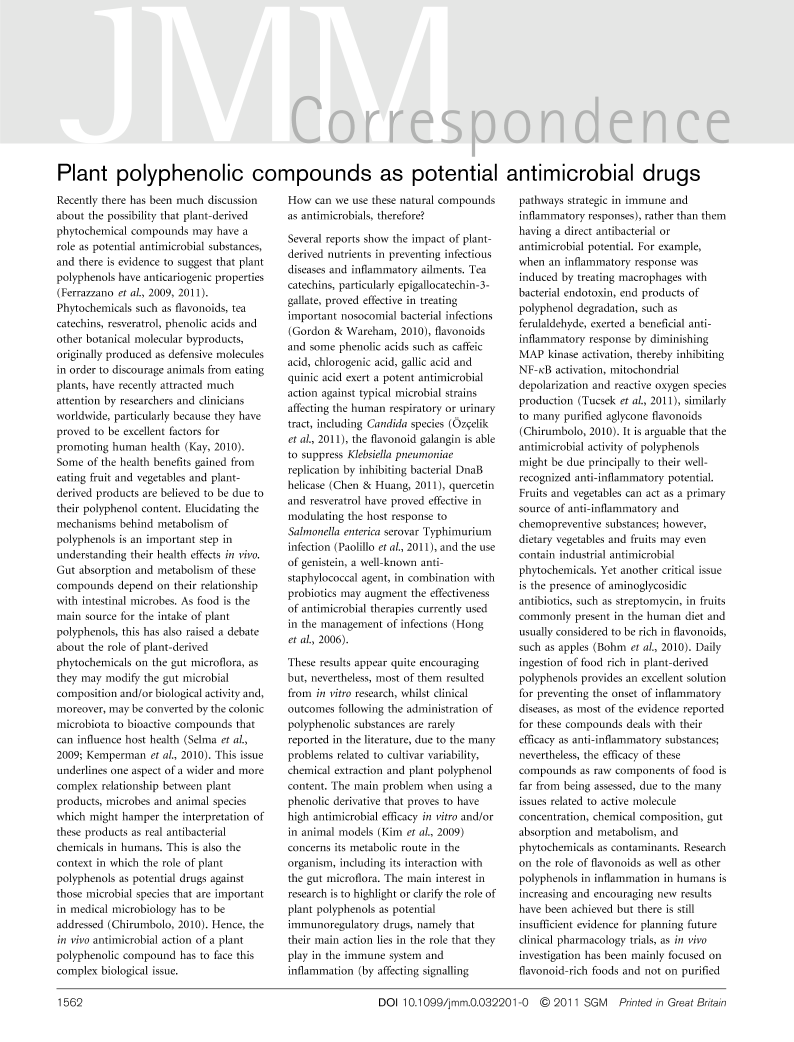
Full text loading...

Plant polyphenolic compounds as potential antimicrobial drugs, Page 1 of 1
< Previous page | Next page > /docserver/preview/fulltext/jmm/60/10/1562_jmm032201-1.gif
There is no abstract available.

Article metrics loading...

Full text loading...
References

